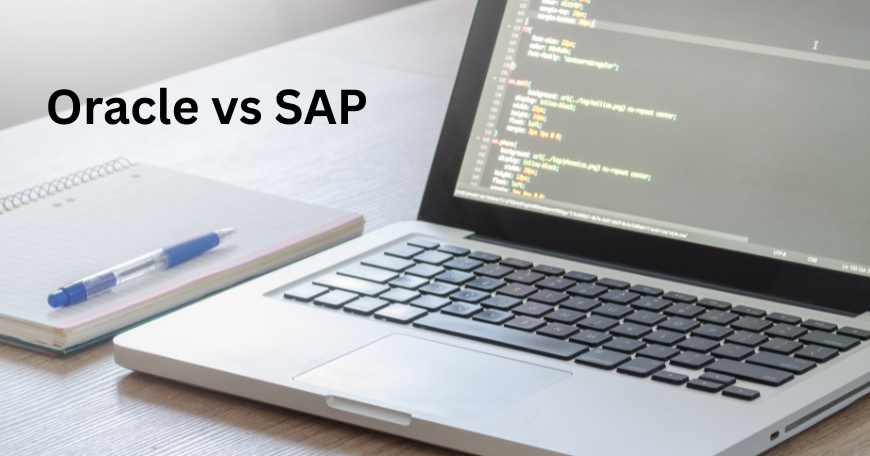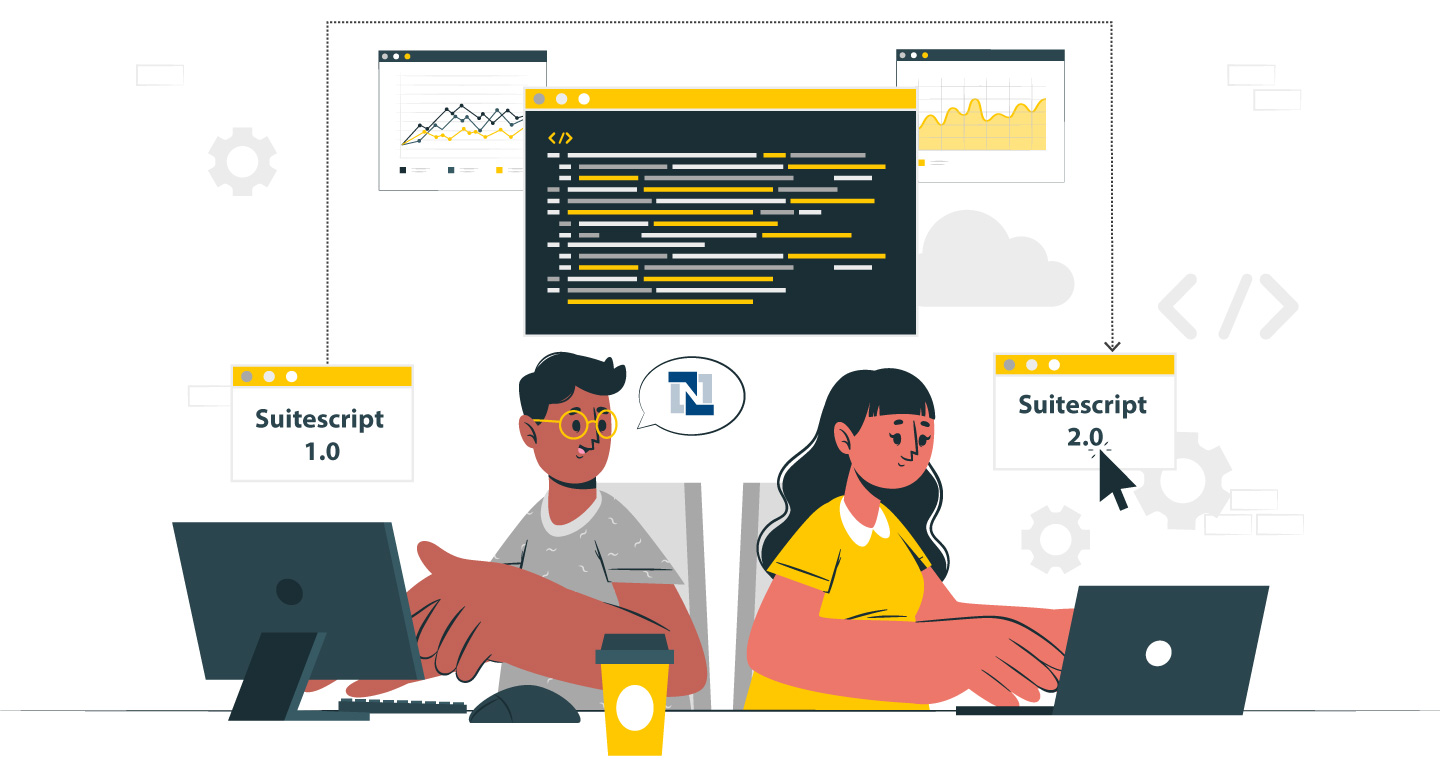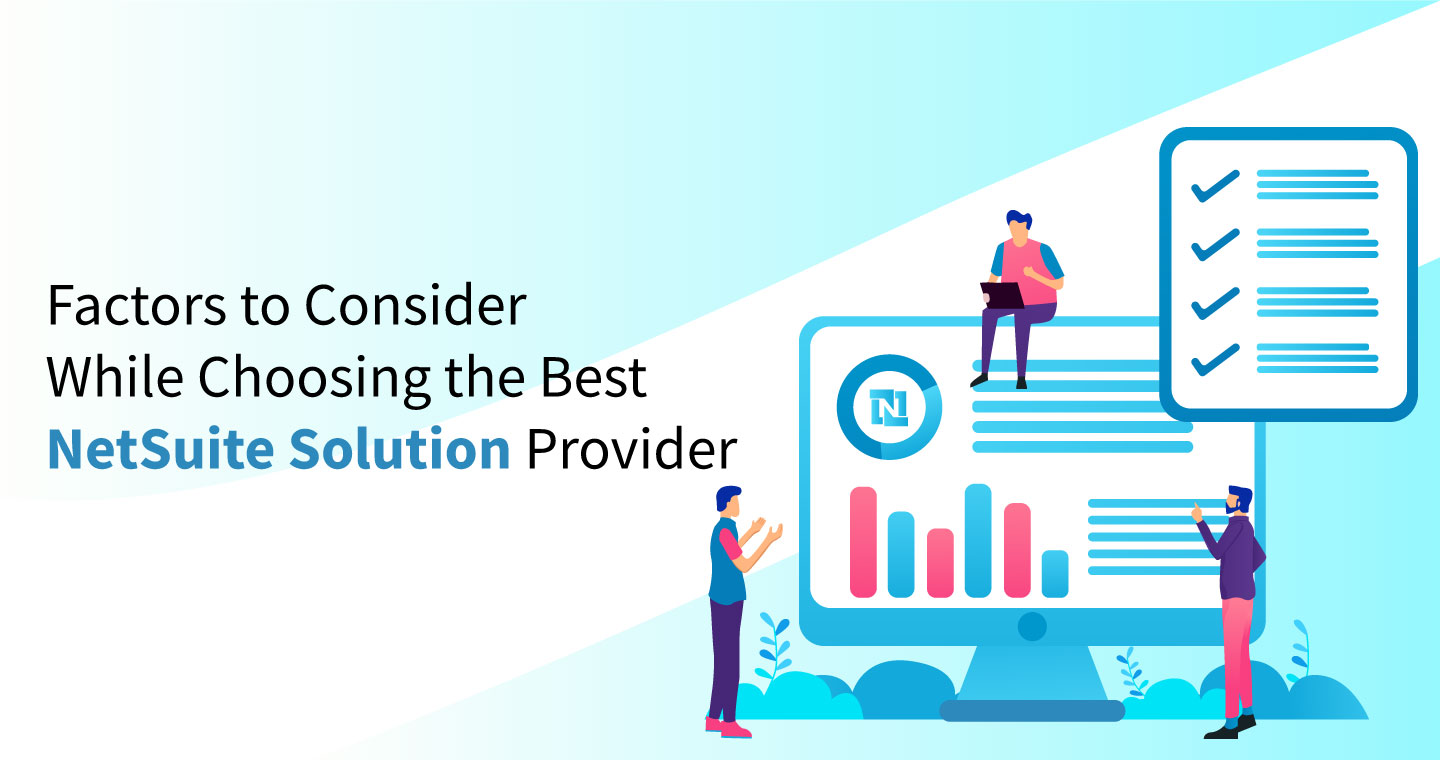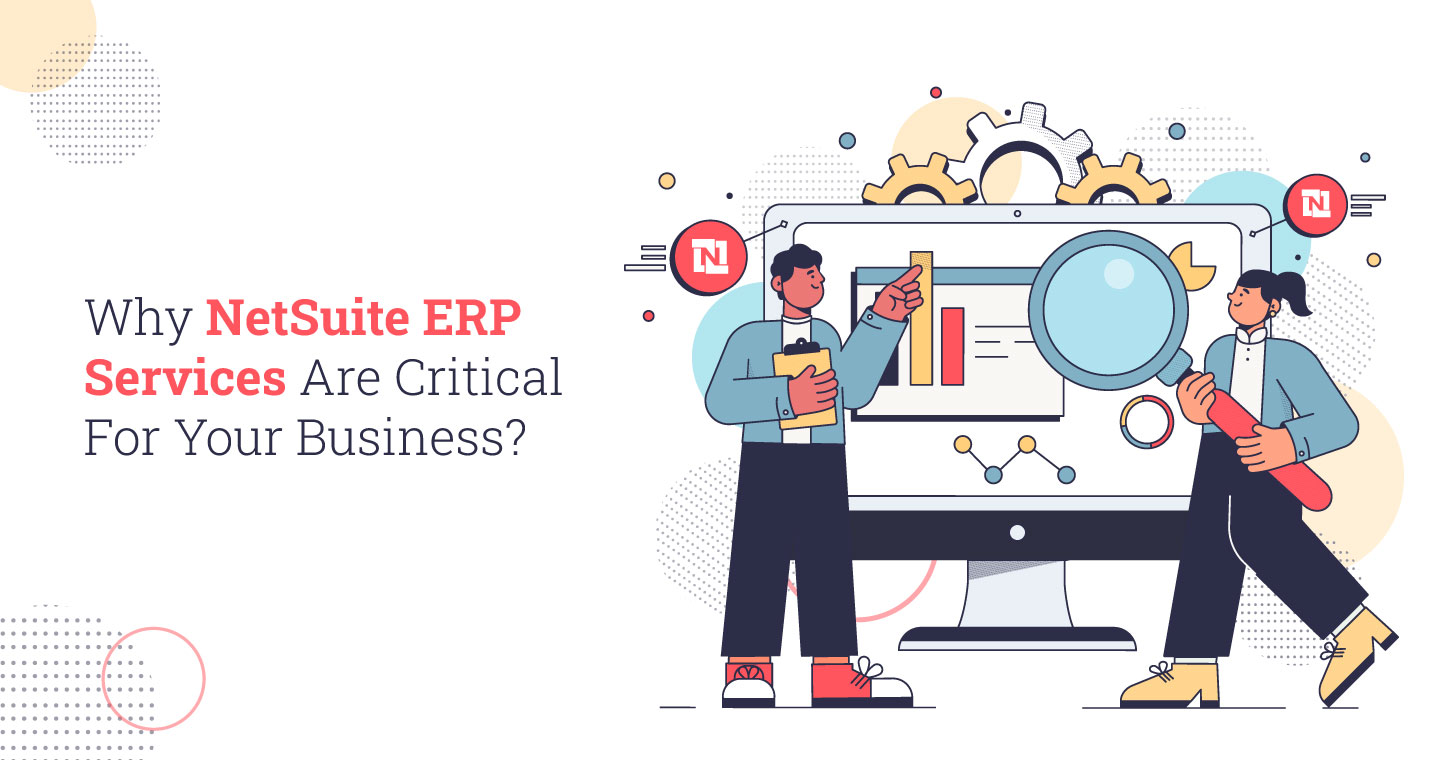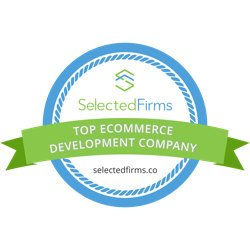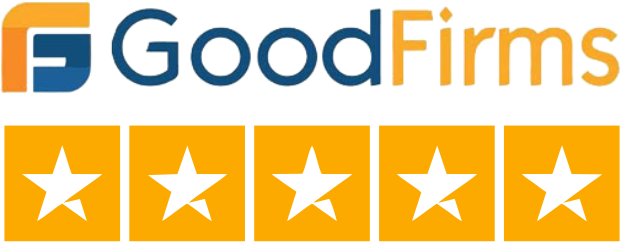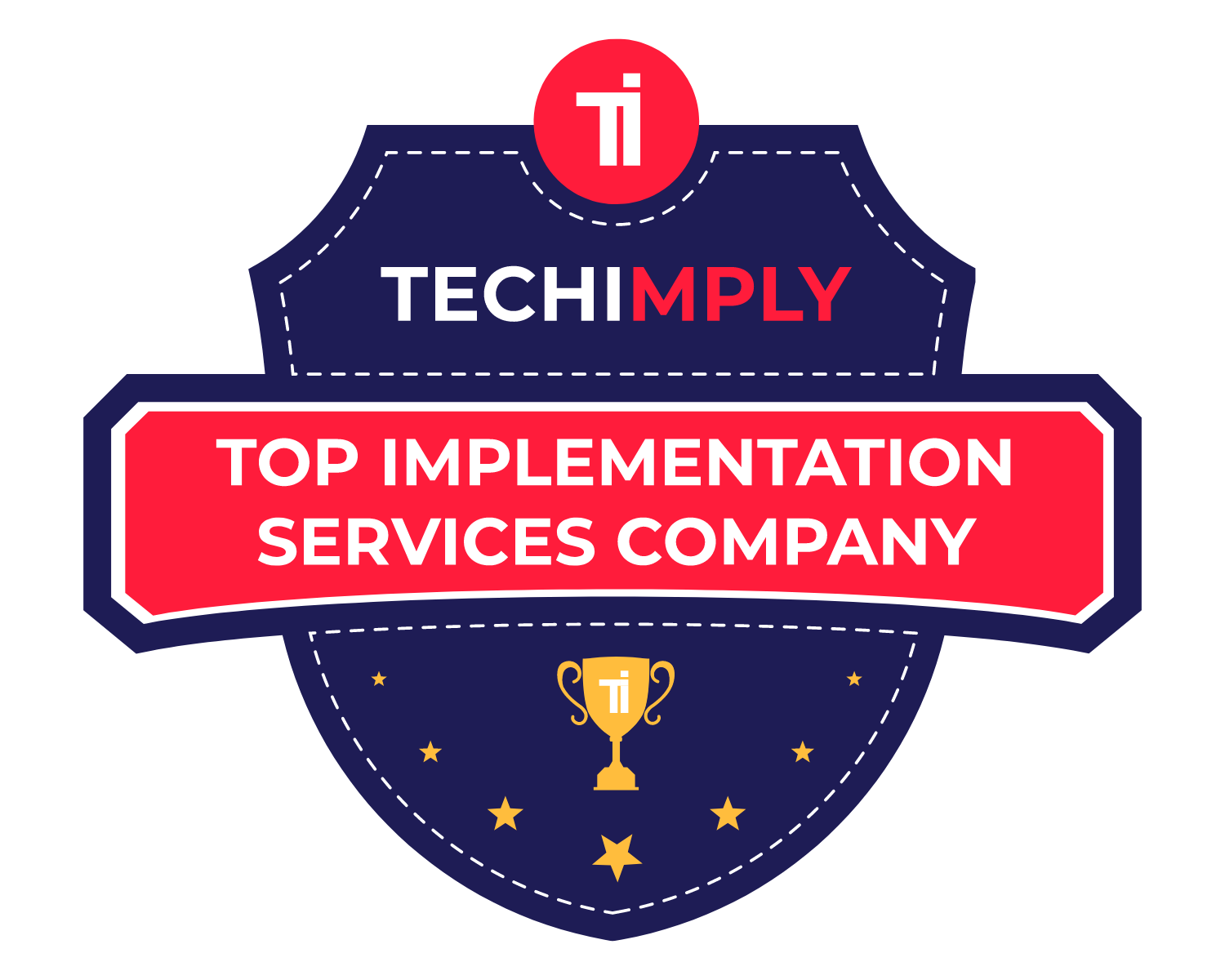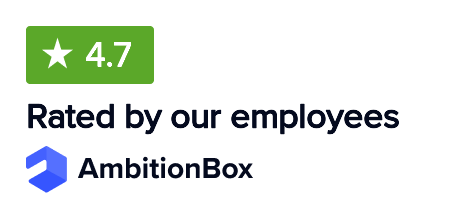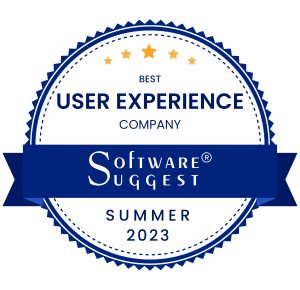The ERP market shows a changing dynamic in 2025 as Oracle expands its market position against SAP, which has traditionally led the industry. Over the past year, Oracle reported $8.7 billion in ERP software revenue, securing a 6.63% share of the global ERP applications market. This placed it just ahead of SAP, which brought in $8.6 billion and held a 6.57% share. These advancements at Oracle have generated more streamlined processes and quicker reconciliation operations that grant the company better market performance in terms of efficiency.
SAP maintains its main focus on addressing complex multinational companies with customizable solutions, even though it demonstrates limited cloud adoption speed. However, the rise of cloud-based ERP software trends among modern businesses has made Oracle emerge as an industry leader due to its advanced capability for flexibility and scalability.
This blog will provide a detailed comparison between Oracle vs SAP and discuss how Oracle has risen to become the preferred ERP solution. It will also highlight the situations where SAP remains the stronger choice.
Oracle vs SAP
Oracle Cloud ERP and SAP represent the top ERP solutions, but both have essential variations regarding their implementation of cloud computing, flexibility, innovation capabilities, and business requirements fulfillment approaches. The following points indicate how Oracle Cloud ERP is different from SAP:
1. Cloud Deployment Model
SAP handles its ERP framework through a blend of cloud solutions and on-premises systems, which creates lengthy barriers and technical challenges for a total cloud migration. These business processes require major adjustments to use the cloud services, which Oracle typically offers through its legacy-based systems.
The ERP solution from Oracle runs only in the cloud and provides full automatic system updates, which occur quarterly. This cloud-native architecture of their platform enables business continuity, as it delivers automatic updates while avoiding the interruptions that legacy system updates typically cause, making it fully SaaS compliant.
2. Modular and Flexible Applications
Though the ERP-centric suite from SAP contains full modules, businesses face difficulties when trying to adjust system components according to their specific needs. In fact, SAP modules operate mainly for large businesses, which reduces availability for smaller companies.
Oracle provides a full suite of flexible, modular applications that support businesses of all sizes. The ability to customize and prioritize implementations makes Oracle ERP ideal for organizations looking for a scalable solution that adapts to changing business needs.
3. Innovation and Updates
The systematic half-yearly updates performed by SAP create delays in organizations obtaining new features with system improvements. In fact, businesses risk falling behind their market competition as technology advances at high speed, yet they must wait for extensive periods between updates.
Through its quarterly update schedule, Oracle Cloud ERP provides modern technology and innovations to its business customers. Organizations become more competitive while implementing the latest features through the system’s regular update process, which enables continuous business transformation.
4. Planning and Forecasting
SAP’s approach to planning and forecasting relies on traditional methods, offering limited flexibility for market disruptions. Their focus on legacy processes, without advanced scenario modeling capabilities, makes it challenging to anticipate changes and adjust plans dynamically.
Oracle offers advanced, connected enterprise planning, supporting multiple forecasting and scenario modeling approaches. This functionality allows businesses to better anticipate market disruptions and make informed decisions, improving agility and resilience.
5. Risk Management and Data Integration
SAP’s risk management and data integration are fragmented across multiple technology layers, making it difficult for businesses to have a unified view of risk. This fragmentation can result in inefficiencies and missed opportunities for proactive risk management.
Within its platforms, Oracle integrates data science with risk management tools, which provide business users with built-in risk management capabilities. Businesses using this approach for universal risk control can see upcoming risks before they emerge while also strengthening their financial monitoring capabilities to minimize potential weak points.
6. Ledger Flexibility
SAP operates using a “thick ledger” framework that presents limitations during the process of financial reporting customization. In fact, businesses encounter operational challenges when they need to modify their ledger structure under this structured model framework.
Oracle offers multiple ledger options, including thick, thin, and structured federated ledgers. This flexibility allows businesses to tailor their financial reporting systems based on their specific requirements, improving efficiency and accuracy in financial management.
7. Unified Data Model
SAP’s ERP solutions are fragmented, with HR and financial data often siloed, making it difficult to obtain a unified view of business operations. This fragmentation complicates decision-making and increases the complexity of reporting across departments.
Oracle provides a unified data model across HR, finance, and other business functions. This integration reduces complexity, ensuring that all departments work from a single source of truth, which simplifies reporting and decision-making processes across the organization.
8. Scalability and Business Growth
SAP offers different solutions for businesses of varying sizes, such as SAP Business ByDesign for small to midsize companies. However, as businesses grow, they may face challenges migrating to more complex systems or transitioning to new solutions to meet evolving needs.
Oracle Cloud ERP is scalable and can be deployed for businesses of all sizes, from small startups to large enterprises. This scalability ensures that companies can grow without the need for a platform switch, allowing Oracle’s system to evolve with the organization’s needs.
9. Customizability and Configurability
SAP’s ERP solutions are highly customizable, but these customizations often require significant IT support, which increases complexity and costs. The heavy reliance on customization can make ongoing maintenance more challenging and costly for businesses.
Oracle’s ERP solutions are configurable with rule-driven setups, minimizing the need for IT involvement. This ease of configuration reduces costs and complexity while ensuring continuous optimization and better business alignment with minimal disruption.
Which ERP Solution is Best for Your Business?
It is quite challenging to decide which ERP solution is best for your business. That’s why there is a need to know about the following factors that should be considered while selecting between Oracle and SAP:
Financial Management Capabilities
Oracle provides a more diverse financial suite with better tools for pricing, budgeting, and accounting. It offers flexibility to adjust prices based on currency, market segment, and exchange rates, unlike SAP’s more rigid system.
Scalability and Standardization
SAP excels in scalability, making it ideal for large organizations that need to standardize processes across multiple locations. Its structured approach supports long-term growth with reliable and consistent processes across all business units.
Risk Management
Oracle excels in risk management with integrated financial reporting and governance, risk management, and compliance (GRC) features. This ensures better reporting reliability and financial oversight compared to SAP.
Integration with Other Apps
SAP is more effective at integrating with other applications compared to Oracle. This capability is essential for organizations that rely heavily on third-party software for different business functions.
Higher User Satisfaction
Oracle ERP outperforms SAP in user satisfaction, with 86% of Oracle users reporting over 50% satisfaction, compared to just 44% of SAP users. This indicates Oracle’s superior functionality and ease of use.
Lower Total Cost of Ownership
Although SAP may have higher upfront costs, its focus on large-scale deployments and comprehensive solutions makes it a better investment for businesses requiring extensive ERP support. However, Oracle is generally more cost-effective in terms of total ownership over time.
Also Read: NetSuite vs SAP Business One

Conclusion
The choice between Oracle and SAP depends on what each organization prioritizes best regarding its requirements, budget, and planning objectives. Businesses should select Oracle as it delivers smooth integration capabilities with intuitive usability and cloud-native capabilities, which result in high demand from organizations pursuing continuous innovation and scalability. Simultaneously, SAP is likely to be the better fit for organizations that need specialized industry solutions with strong scalability advantages. Cost considerations are also essential, as businesses should assess their budget before deciding.
Therefore, the right ERP solution can significantly improve efficiency and business operations. But selecting the best option demands expert advice. VNMT Solutions can guide your business in choosing, implementing, and optimizing your ERP system for long-term success.
